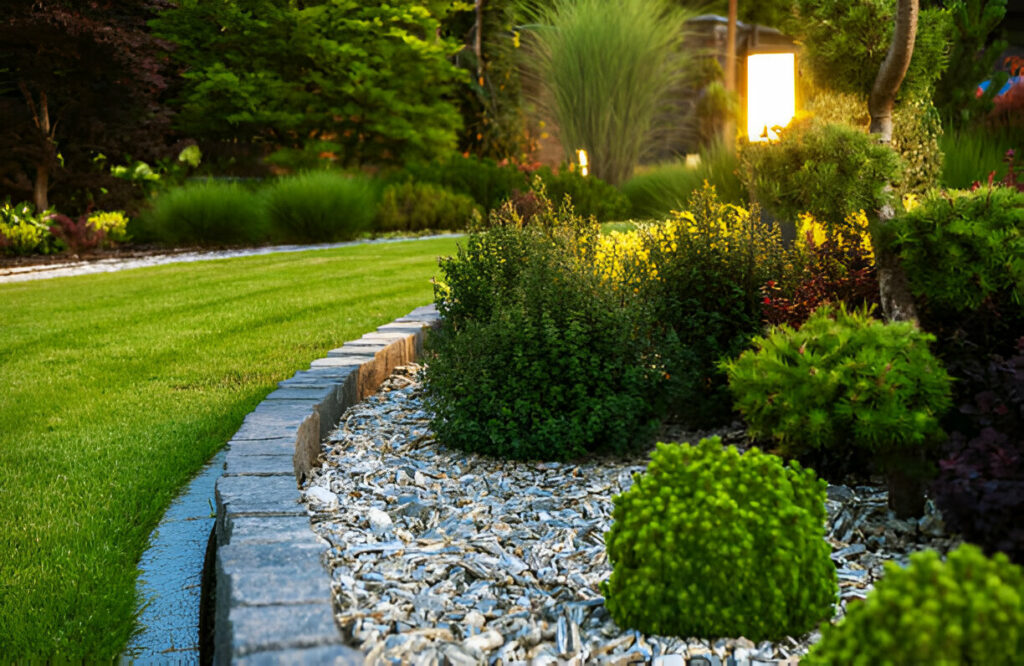- Sustainability and Eco-Friendliness
- Incorporation of recycled materials, native plants, and water conservation techniques to reduce environmental impact.
- Minimalist and Functional Design
- Emphasis on clean lines, uncluttered spaces, and functionality, creating areas that are both aesthetically pleasing and practical.
- Indoor/Outdoor Living Spaces
- Integration of outdoor spaces with indoor living areas, incorporating heating systems and seamless transitions for year-round use.
- Vertical Gardening
- Utilization of walls and trellises for growing plants, ideal for maximizing space in urban environments.
- Smart Technology Integration
- Implementation of smart home technology in gardens, such as automatic irrigation systems and smartphone-controlled outdoor lighting.
- Resilient Plant Selection
- Use of slow-growth, drought-resistant, and locally adapted plants to enhance landscape resilience against climate change.
- Edible Landscaping
- Incorporation of fruit trees, berry bushes, and herb gardens into residential landscapes for sustainable food production.
- Organic and Natural Practices
- Adoption of chemical-free gardening methods, including biological pest control and composting for fertilization.
- Hanging Gardens and Green Walls
- Installation of green walls and hanging gardens in urban settings to enhance air quality and Adds greenery.
- Space-Maximizing Solutions
- Design strategies such as swales, rain gardens, and permeable paving to manage water efficiently in small spaces.
These trends reflect a blend of aesthetics, functionality, and sustainability, leveraging technological advancements and environmental awareness to create landscapes that are both visually appealing and eco-conscious.


